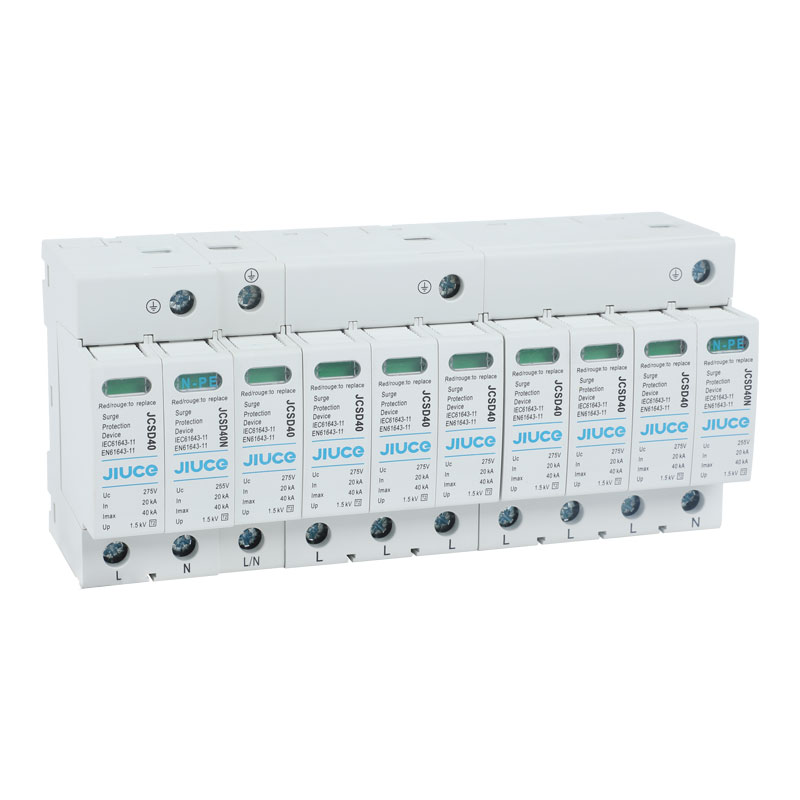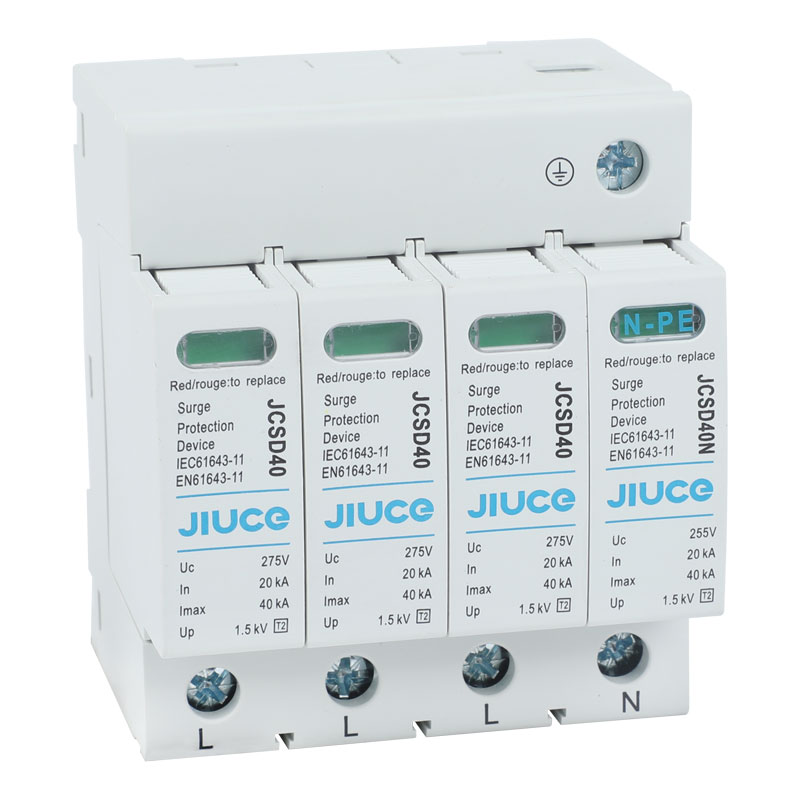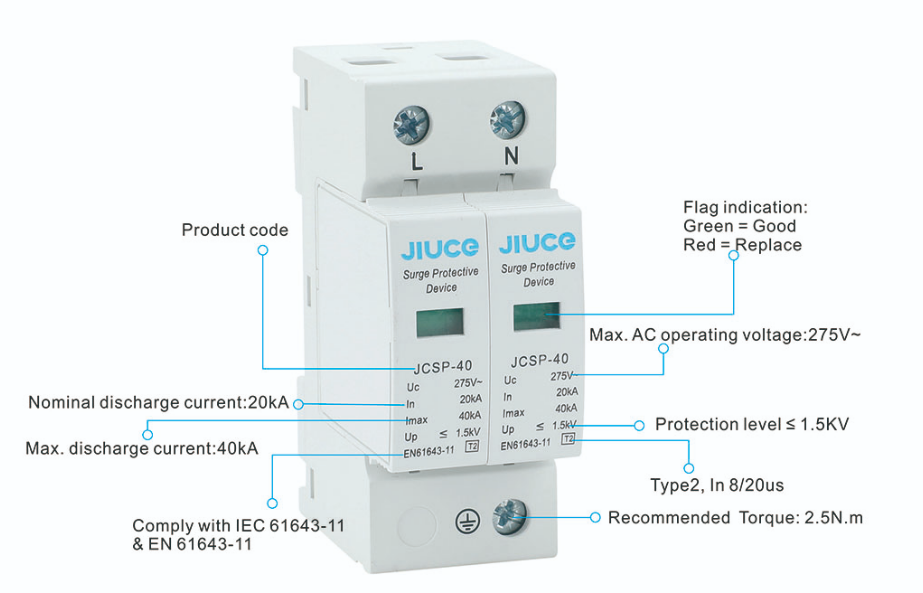Understanding the functions and importance of surge protectors (SPDs)
Surge protective devices (SPDs) play a vital role in protecting power distribution networks from overvoltage and surge currents. The ability of an SPD to limit overvoltages in the distribution network by diverting surge current depends on the surge protection components, the mechanical structure of the SPD, and the connection to the distribution network. SPDs are designed to limit transient overvoltages and divert inrush currents, or both. It contains at least one nonlinear component. Simply put, SPDs are designed to limit transient overvoltages to prevent equipment damage.
The importance of SPD cannot be overstated, especially in this day and age where sensitive electronic equipment is ubiquitous in residential and commercial environments. As reliance on electronic devices and equipment increases, the risk of damage from power surges and transient overvoltages becomes more significant. SPDs are the first line of defense against this type of electrical interference, ensuring valuable equipment is protected and preventing downtime due to damage.
The functions of SPD are multifaceted. It not only limits transient overvoltages by diverting surge currents, but also ensures that the power distribution network remains stable and reliable. By diverting surge currents, SPDs help prevent stresses that can lead to insulation breakdown, equipment damage and potential safety hazards. Additionally, they provide a level of protection for sensitive electronic equipment that may be susceptible to small voltage fluctuations.
The components within an SPD play a vital role in its overall effectiveness. Nonlinear components are designed to protect connected equipment by providing a low-impedance path for surge currents to respond to overvoltage. The SPD’s mechanical structure also contributes to its performance, as it must be able to withstand surge energy without failure. In addition, the connection to the power distribution network is also critical, as correct installation and grounding are essential for optimal functioning of the SPD.
When considering SPD selection and installation, it is important to evaluate the specific needs of the electrical system and the equipment it supports. SPDs are available in a variety of types and configurations, including Type 1, Type 2 and Type 3 devices, each suitable for different applications and installation locations. It is recommended to consult a qualified professional to ensure the SPD is properly selected and installed to provide the necessary level of protection.
In summary, surge protection devices (SPDs) play a vital role in protecting power distribution networks and sensitive electronic equipment from the damaging effects of overvoltage and surge current. Their ability to limit transient overvoltages and divert inrush currents is critical to maintaining the stability and reliability of electrical systems. As electronic equipment continues to proliferate, the importance of SPDs in protecting against power surges and transient overvoltages cannot be underestimated. Proper selection, installation and maintenance of SPDs is critical to ensuring continued protection of valuable equipment and uninterrupted operation of electrical systems.

 Zhejiang Jiuce Intelligent electric co., ltd.
Zhejiang Jiuce Intelligent electric co., ltd.












